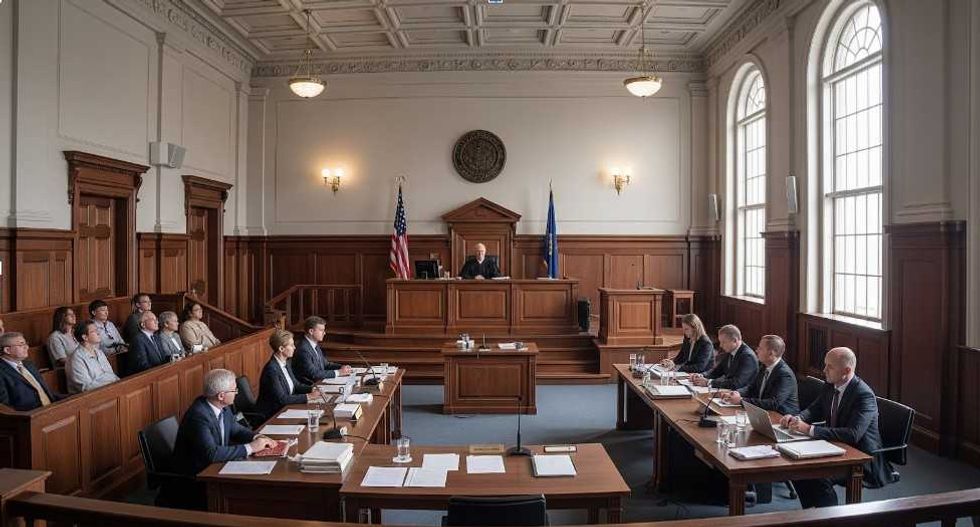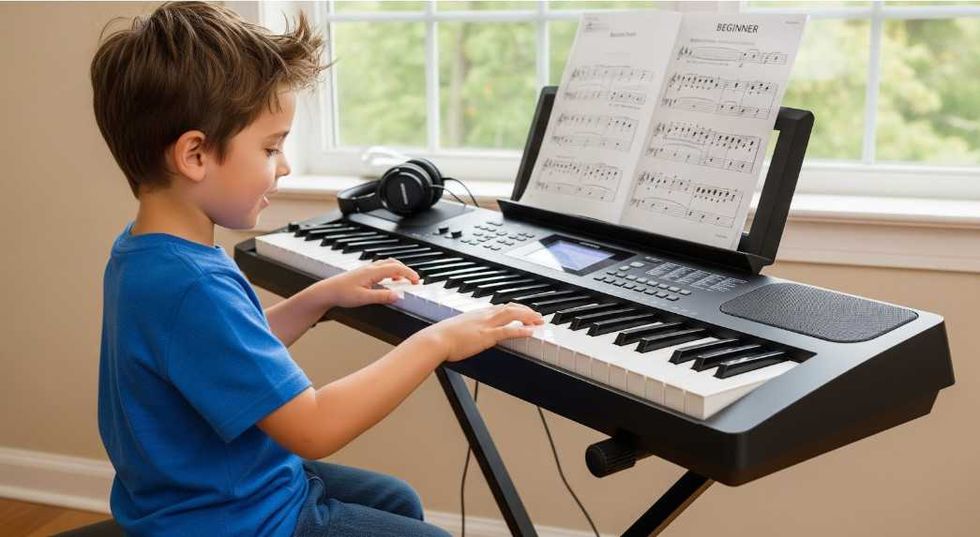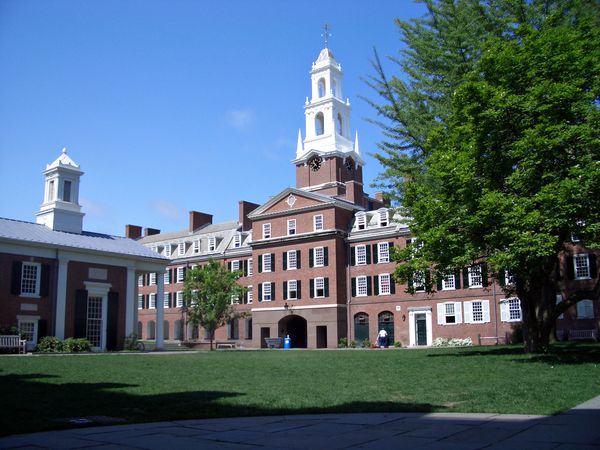A few years ago I was driving into Washington, D.C. on Interstate 66 into Washington's West End for the first time. I was following directional signs to the Rock Creek Parkway (a scenic highway right in the middle of our nation's capital) as the otherwise narrow four-lane highway widened into a spacious eight-lane thoroughfare.
Odd, I thought. I had never known there was such a major road in the city. There wasn't. Less than a mile later the freeway abruptly splintered in three and ended in a yield sign. To add insult to injury the road the I had to give the right-of-way to wasn't even the Rock Creek Parkway. I had to round the block for that.
The story of Washington, D.C.'s Potomac River Freeway has been lost to obscurity, but its message is especially crucial in our time. Construction began on the Potomac River Freeway in the early 1960s. It was intended to be an integral part of a grandiose highway system in D.C. that would have run I-95 through the city along the B&O Railroad right-of-way and constructed an I-266 through the heart of the city via a new Three Sister's Bridge. By late 1960s the Potomac River Freeway was dead and along with it most of the rest of D.C.'s freeways. Vociferous public outcry (including the firebombing of the Three Sister's Bridge construction site) and several court cases brought the project to its end. Washington was lucky.
The construction of highways through densely populated areas is always a controversial issue. After the Interstate Highway Act, with 90 percent federal funding for freeway projects, city officials rushed to draw up plans for highway construction through their cities. It seemed like a wonderful idea at the time. We build freeways, the business brought on by motorists driving through fills city coffers, and the feds pick up the check for construction. What could be better? Still, one important question remained: where to build them? The answer was simple, through the neighborhoods of those people who would be least able to put up a fight: poor people and people of color.
The path of the Potomac River Freeway (the eight tenths of a mile that were constructed) went right through a poor, predominately African-American neighborhood. This phenomenon is not specific to D.C. though. Most of the freeways built in New York City also plowed through poorer neighborhoods (most of those in the path of these roads were people of color, although the portion of the Cross-Bronx Expressway running by Crotona Park in The Bronx did destroy a lively, but poorer Eastern European Jewish community that put up valiant yet futile fight against the highway).
Although the design of urban freeways, whether elevated or sunken with city streets crossing it on overpasses may not seem intrusive, the psychological barrier that it creates fragments otherwise coherent communities. Many of the neighborhoods splintered by urban freeways are subject to a blight that seem to radiate from the roads themselves as many community members near them attempt to flee the noise, pollution and the plummeting property values brought on by the expressway.
The creation of these roads also make cities less walkable and fracture the existing grid pattern of cities forcing more motorists onto roads then inevitably become obscenely congested. Richmond natives are likely well aware of the obtrusive Downtown Expressway (VA-195) forcing North-South traffic (especially pedestrian traffic, making the walk from Carytown to Maymont Park a harrowing odyssey of dodging cars on Boulevard) onto Belvidere Street and Boulevard. These phenomena are shared by many American cities with urban freeways.
It is much easier to never build urban freeways than to replace them later, but, nevertheless, many cities have taken this initiative. Although most cities have not undertaken the extreme cost and labor of burying freeways like Boston dig to its central artery (I-93) with the "Big Dig," tearing down some old highways has gained some more traction. New York City is currently in the process of replacing its elevated Sheridan Expressway with an at-grade boulevard and riverside park (enough to make former highway commissioner Robert Moses turn in his grave).
Buffalo is giving its Scajaquada Expressway and Baltimore officials are toying with the idea of turning their elevated Jones Falls Expressway (I-83) into dust. Urban freeways (and suburban ones) simply facilitate more traffic by the development of living patterns centered around the automobile and the creation of suburban regions dependent on highways (keep in mind that each lane of highway can accommodate about 1,500 cars per hour efficiently, and for a metro area like D.C, for example, with over six million people, it is no surprise that they are perpetually over capacity).
Replacing some of these roads with expanded public transit opportunities (like Maryland's Montgomery and Prince George's counties above D.C. are doing with light rail) could supplant large amounts of roadway traffic (each line of light rail can accommodate about 40,000 or more people per hour). Built on the backs of disadvantaged urban dwellers, urban freeways are a thorn in the side of our cities that has turned into a festering wound. It is seriously time to consider whether these structures are truly a boon for urban America.



















